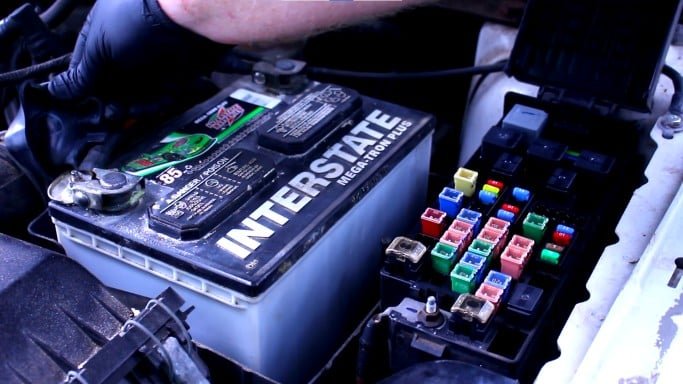Sometimes we have what seem like automotive electrical problems, but often turn out to be nothing more than a fuse. The Columbia, SC Auto Repair Pro wants to help you determine if you need automotive electrical repair or simple fuse replacement.
Auto Fuse Basics: Types of Fuses
Automotive fuses come in three types, but nearly all of you will require the blade style fuses. The are simple to deal with as they plug right in to the auto\’s fuse box, much like a regular electrical plug works. Unless you are working on a car that is pre-1980, you are not likely to encounter either a glass or plastic tube fuse or a ceramic fuse. Both are shaped similar to a torpedo and simple to install. You should determine what type of fuses your auto needs and have a small variety of spares somewhere for when you need them. A great place to keep them would be in you basic auto kit that every driver should have tucked away.
Where to Find the Fuse Box
Today there are a lot of vehicles that have two separate fuse boxes. Regardless of if you have one or two auto fuse boxes, one will be under the dashboard. In most cases it will be on the lower left driver\’s side, located around knee level or below. There will be a cover that should be fairly visible. Once opened, check the other side of the cover for a diagram of what each of the fuses are for. Inside of the fuse box you will see rows of different colored and different sized fuses all lined up in rows. You will usually find a few spare fuses or empty slots for spare fuses built right in. You will also usually have a small, flat, wide-tweezers looking tool. This is the fuse puller. While not a necessity, a fuse puller can out quite a bit to grab those little guys. Now locate the fuse you need.
Finding the Second Fuse Box
If you have checked the diagram and aren\’t finding a fuse corresponding to you auto trouble area, you likely have a second fuse box under the hood. The under hood fuse boxes are usually easy to find and gain access to. Again, you will find a set-up much like before, but in this box you may also find some larger fuses that look different from the other blade fuses. These are important to the protection of the vehicle\’s entire electrical system. I do not suggest messing with these larger fuses at all. Use the diagram on the fuse box\’s cover to find the fuse you need.
How to Check a Fuse
Now you have found the fuses you needed to locate. Once you have that pinned down, time to start pulling the fuses and checking them. If you haven\’t already, take a look at one of the new fuses. See that little bridge between the two blades? When a fuse has been blown, that small bridge will get burned up. If the fuse is blown, it will be pretty easy to tell. When replacing an auto fuse, always be sure you check the amperage of the fuse you are taking out and ONLY replace it with the exact same amperage.
Mechanic tip:
Automotive fuses are color coded by their amperage. When replacing a fuse, as long as you only replace with the exact same color, you\’ll be good to go.
What to do When Fuses Are Good
So you found the fuses, but they looked just fine. Now what? Well, the best answer at that point is to either prepare to do some electrical system troubleshooting and analysis, or give a trusted mechanic or auto repair shop a visit. If you happen to be in the greater metro Columbia, SC area, stop by Sanford\’s Automotive Service on Wilson Blvd. Our ASE Certified Master Mechanic can take care of all of you automotive electrical repairs, foreign or domestic.

